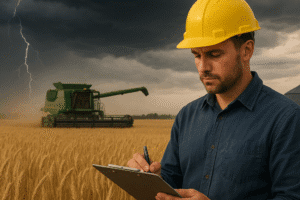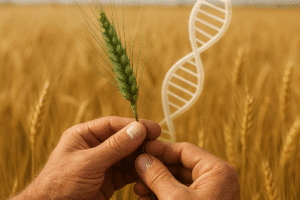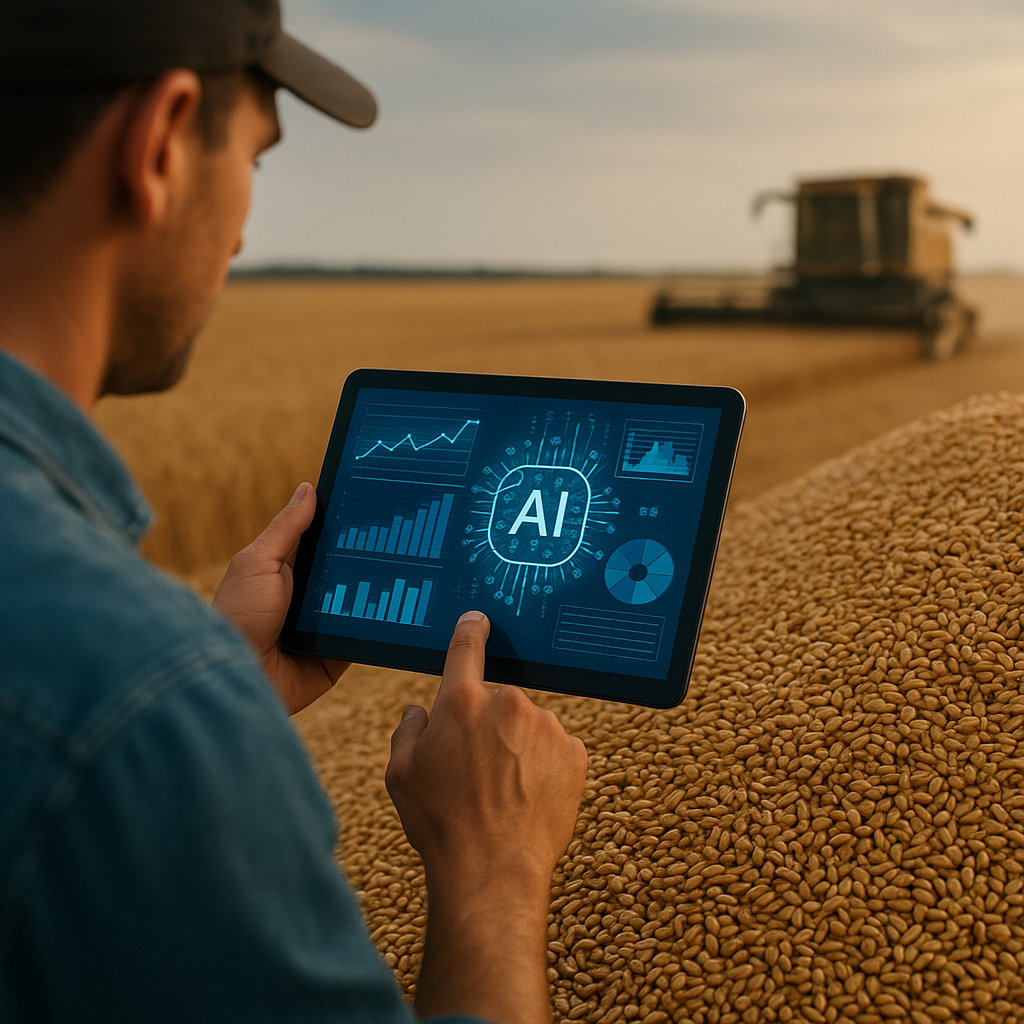The grain trading industry has witnessed a profound metamorphosis as artificial intelligence applications become more accessible and sophisticated. From price forecasting to quality control, AI-driven tools are redefining traditional workflows, offering stakeholders greater visibility and agility. This overview explores how cutting-edge technologies are reshaping key aspects of grain markets, supporting data-driven decisions and unlocking new opportunities across the value chain.
Integration of AI in Market Analytics
Grain traders rely on timely insights to anticipate fluctuations in supply, demand, and pricing. Advances in machine learning models enable the analysis of massive datasets—ranging from satellite imagery to weather patterns and historical trade volumes. These systems apply predictive analytics to estimate future market scenarios with unprecedented accuracy.
- Real-time monitoring: AI tools ingest streaming data from commodity exchanges, port throughput, and crop health sensors.
- Sentiment analysis: Natural language processing algorithms scan news feeds, social media, and government reports to gauge market sentiment.
- Pattern recognition: Deep learning networks detect subtle correlations in pricing behavior that humans might overlook.
By converting raw data into actionable forecasts, traders can devise strategies to hedge against volatility, optimize purchase timing, and mitigate potential losses tied to market swings.
AI-Driven Decision Support for Traders
Decision support platforms equipped with advanced algorithms are transforming how trading desks operate. Automated systems can execute orders based on predefined risk parameters, freeing human operators to focus on strategic planning rather than routine tasks.
Key features in AI-based trading suites include:
- Automated execution: Preprogrammed triggers allow for rapid buy or sell orders when price thresholds are met.
- Portfolio optimization: Algorithms allocate capital across multiple grain types or geographic regions to balance exposure.
- Risk management dashboards: Dynamic visualizations track margin requirements, counterparty risk, and market liquidity in real time.
Such platforms boost operational efficiency and promote disciplined adherence to trading strategies, reducing emotional biases that often lead to costly mistakes.
Supply Chain Optimization and Quality Monitoring
Beyond trading floors, AI is instrumental in enhancing the broader supply chain that underpins grain distribution. From farm to port to end users, stakeholders harness AI for logistics planning, inventory management, and quality assessment.
- Route optimization: Machine learning algorithms determine the most efficient transport pathways, accounting for fuel costs, transit times, and infrastructure constraints.
- Predictive maintenance: IoT sensors on storage silos and transport vehicles alert operators to machinery wear, preventing costly downtime.
- Quality analysis: Computer vision systems inspect grain samples for moisture content, foreign matter, and pest contamination in real time.
Such innovations enhance transparency, reduce spoilage, and streamline operations, delivering significant cost savings and higher service levels across the value chain.
Challenges and Ethical Considerations
While the benefits are compelling, the adoption of AI in grain trading raises several challenges. Data privacy and ownership disputes can emerge when integrating proprietary farm data with third-party platforms. Ensuring transparency in model decision-making is critical to build trust among participants who may not fully understand complex neural networks.
- Algorithmic bias: Models trained on incomplete or skewed datasets risk perpetuating market disparities or mispricing certain regions.
- Cybersecurity threats: Highly connected trading and logistics networks are attractive targets for malicious actors seeking to manipulate markets or disrupt supply chains.
- Regulatory compliance: Evolving rules around electronic trading, data sovereignty, and algorithmic disclosures require constant vigilance.
Industry leaders must adopt robust governance frameworks, invest in audit trails, and foster cross-sector collaboration to address these risks effectively.
Future Outlook for AI in Grain Markets
Emerging trends suggest that AI will continue to deepen its impact on grain trading. Integration with blockchain networks promises immutable tracking of every bushel, enhancing traceability and reducing settlement friction. Digital twin technologies—virtual replicas of farms, silos, and logistics corridors—enable scenario testing under varying climate and demand conditions.
Moreover, the fusion of AI with precision agriculture platforms will drive closer alignment between production forecasts and market requirements. Autonomous drones and robotics can gather field-level data that feeds directly into trading algorithms, tightening feedback loops across the supply chain.
In the coming years, market participants who harness these innovations are likely to gain competitive advantages through improved forecasting accuracy, agile decision‐making, and enhanced risk mitigation strategies. The transformation driven by artificial intelligence heralds a new era of resilience and efficiency in the global grain trade.













